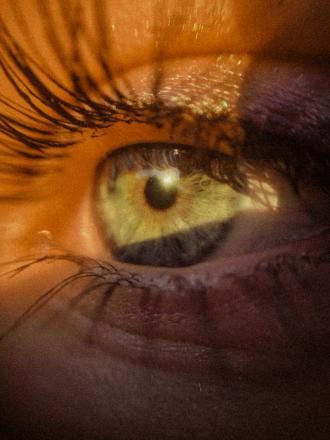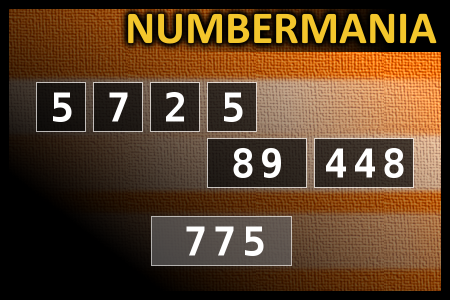Calculate the number 775
NUMBERMANIA: Calculate the number 775 using numbers [5, 7, 2, 5, 89, 448] and basic arithmetic operations (+, -, *, /). Each of the numbers can be used only once.
Few more Dad jokes
Dad jokes are here.
Third Sunday of June is Father's Day.
Do the math.
I've opened a restaurant called "Peace And Quiet."
Kids meals only $150
What do you call a pencil with two erasers?
Pointless!
Why are pupils are the last part of your body to stop working when you die?
They dilate.
What is the most popular time for a dentist appointment?
2:30
What do you call cheese that isn't yours?
Nacho cheese.
Did you hear about that person who was afraid of jumping a hurdle?
They got over it.
Why are elevator jokes so good?
They work on many levels!
Why did the computer get mad at the printer?
Because it didn't like its toner voice.
Why did the broom decide to go to bed?
It was very sweepy.
Why are nurses always running out of red crayons?
Because they often have to draw blood.
Why was the woman afraid for the calendar?
Its days were numbered.
What did the police officer say to his belly-button?
You're under a vest.
Why did the coffee go to the police?
To report a mugging.
Why is Peter Pan always flying?
Because he Neverlands.

